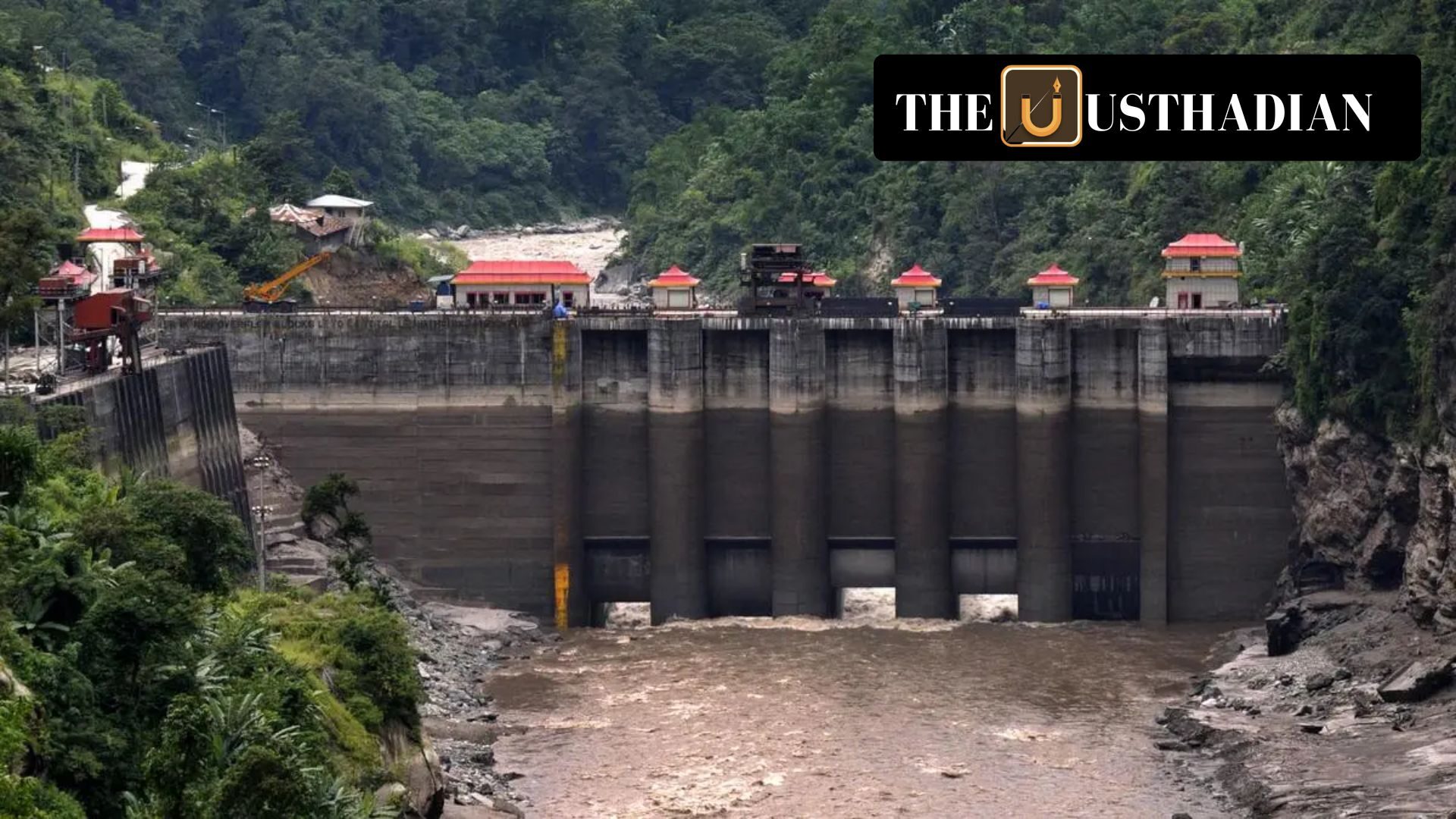A Catastrophic Flood and Its Aftermath
Teesta-3 Dam Reconstruction: A New Blueprint for Climate-Resilient Infrastructure in Sikkim: In October 2024, the Teesta-3 dam in Sikkim suffered devastating damage due to a glacier lake outburst flood (GLOF), resulting in the tragic loss of over 100 lives and the destruction of crucial infrastructure. The calamity exposed serious vulnerabilities in dam safety mechanisms, particularly the failure to open floodgates in time. The earlier dam structure, a mix of rock and concrete, was unable to withstand the massive surge of water, leading to its collapse. This disaster has prompted immediate governmental action and a comprehensive review of dam design and flood resilience protocols.
A New Design for Safety and Efficiency
The Ministry of Environment’s expert committee has proposed a robust reconstruction plan. The newly designed dam will be made entirely of reinforced concrete, eliminating structural weaknesses found in hybrid designs. A major highlight of the proposed design is its spillway capacity, which has been tripled to accommodate peak water flows of 19,946 cubic metres per second. This adjustment is critical to prevent future overtopping and sudden dam failure, offering a more secure operational profile even under extreme weather conditions intensified by climate change.
Early Warning Systems to Prevent Recurrence
To complement the structural upgrades, the committee has strongly recommended the installation of a glacier lake early warning system in the upper Teesta catchment area. This system will monitor upstream water levels and alert authorities in real time, enabling timely floodgate operations and evacuation protocols. This step marks a significant advancement in India’s efforts to integrate disaster forecasting with infrastructure management, especially in Himalayan states prone to glacial hazards.
Financial and Structural Restoration Plans
The proposed cost for the new dam construction is estimated at ₹4,189 crore, on top of the original project cost of ₹13,965 crore sanctioned in 2017. Despite this additional financial burden, the investment is seen as vital for ensuring long-term operational safety. Fortunately, the underground powerhouse and electro-mechanical systems remain largely intact, enabling the restoration of key operations within 10 to 12 months. The water conductor system has also shown resilience, accelerating the recovery timeline.
Long-Term Safety Enhancements
One of the strategic safety enhancements includes the relocation of the dam control room to a higher altitude, providing better protection for personnel during emergencies. This decision reflects a broader shift toward designing climate-resilient infrastructure capable of surviving increasingly frequent extreme weather events. The reconstruction of the Teesta-3 dam stands as a crucial learning opportunity for India’s dam safety protocols in the face of global climate change.
Static GK Snapshot
| Feature | Details |
| Dam Name | Teesta-3 Hydroelectric Dam |
| State | Sikkim |
| Cause of Damage | Glacier Lake Outburst Flood (GLOF), Oct 2024 |
| Reconstruction Cost | ₹4,189 crore |
| Original Project Cost | ₹13,965 crore (sanctioned in 2017) |
| New Spillway Capacity | 19,946 cubic metres/second |
| Construction Material | Fully reinforced concrete |








